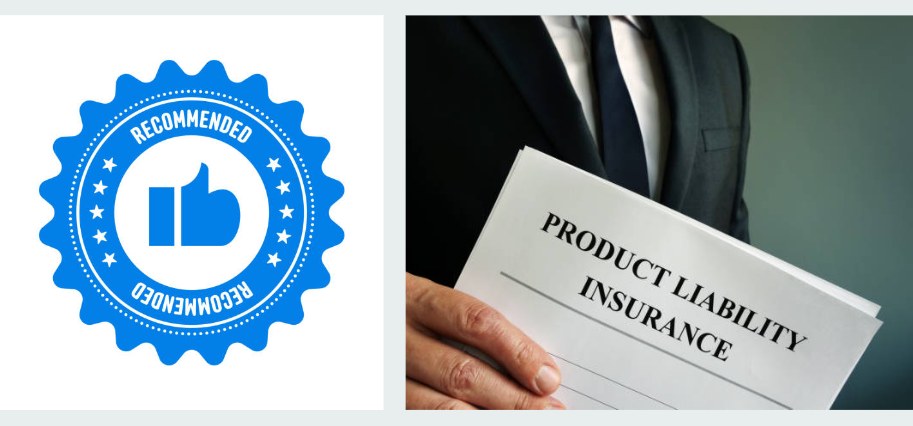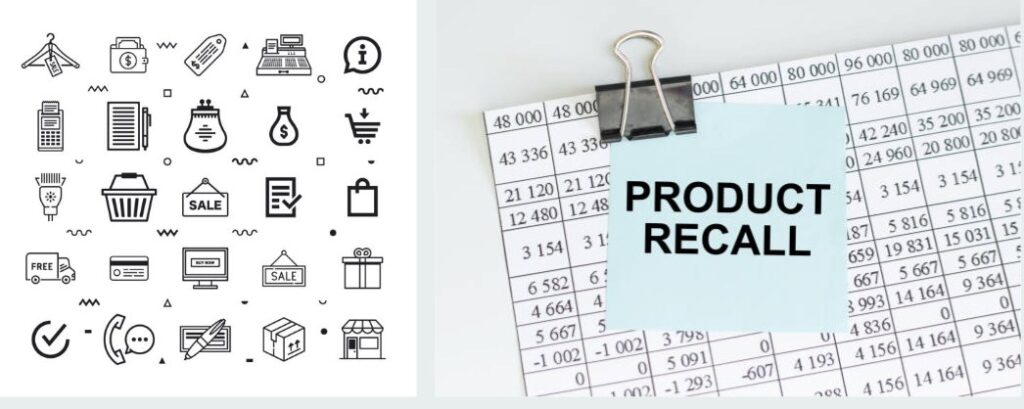What is Product Liability: Types, Claims, and Insurance

Understanding product liability is crucial for both consumers and businesses. It involves the legal responsibility of manufacturers, distributors, and retailers to ensure that their products are safe for use. Product liability laws come into play when these products fail and cause harm.
This article dives into product liability, covering insurance, types, claims much more. Here, we unravel the complexities and how they affect consumers and businesses.
Defining Product Liability
Product liability refers to a legal principle where manufacturers, distributors, and sellers become liable when their products cause harm to consumers. This liability arises regardless of the involved party’s intent or knowledge about the product’s defect.
Under the umbrella, businesses are held accountable for ensuring the safety and functionality of their products.
The Doctrine of Strict Liability
A pivotal aspect of understanding what is product liability is the ‘strict liability’ doctrine. It specifies that defendants can be held liable regardless of their intent or knowledge of the defect. Under strict liability, the plaintiff needs to demonstrate three critical elements:
- The product was defective
- The defect existed when it left the defendant’s hand
- The defect caused the plaintiff’s injury
Categorizing Product Liability

1. Manufacturing Defect
This occurs when a product is incorrectly manufactured, resulting in a defective product. In this case, the flaw is not in the product’s design, but in its manufacturing process.
2. Design Defect
Here, the design of the product itself is unsafe, and safer alternatives exist. This implies that even if the product is manufactured correctly, its design might pose a danger to consumers.
3. Marketing Defect
This category covers instances where there is inadequate warning about the risks of the product. It also includes improper labeling, insufficient instructions, or misrepresentation of the product.
4. Breach of Warranty
This type of liability arises when a product breaches an express or implied warranty. Express warranties are direct promises from the manufacturer to the consumer. While implied warranties are assumed by law or circumstance.
How to Identify a Defective Product?
Identifying whether a product is defective involves two primary standards: the consumer expectation standard and the risk-utility standard.
Under the Consumer Expectation standard, a product is deemed defective if its danger is unknowable and unacceptable to an ordinary consumer. This test aims to assess a product’s “surprise element of danger.”
Whereas, the Risk-Utility standard declares a product defective if its risk of harm outweighs the benefits of its design. Factors such as foreseeable harm, instructions and warnings, and available substitutes are considered.
How to File a Product Liability Claim?

Claims are primarily based on state laws, and there is no federal product liability law. These claims are usually brought under the theories of negligence, strict liability, or breach of warranty.
To file a claim, the injured party must prove the product was defective, the defect caused the injury, and the injury led to damages. Documenting evidence and medical reports is critical.
Each state has its statute of limitations for filing a product liability lawsuit. For instance, you have three years to file a personal injury lawsuit in Los Angeles, California. It’s essential to file your claim before your jurisdiction’s statute of limitations expires.
What Are The Most Common Products in Product Liability Suits?
Claims can involve a wide range of consumer goods. Some of the more common goods include children’s toys, lawn care equipment, automobiles, asbestos-based products, and weed killers.
Liability for a product defect could rest with any party in the product’s chain of distribution. This could include the product manufacturer, a part manufacturer, a party that assembles or installs the product, etc.
In some cases, the burden of proof shifts to the defendant(s) through a common law doctrine known as “res ipsa loquitur” (the thing speaks for itself). This doctrine suggests that the defect would not exist unless someone was negligent.
Notable Product Liability Cases

- Ford Pinto: Gas tank explosions leading to severe injuries and deaths.
- McDonald’s Coffee: Severe burns from overly hot coffee resulting in a substantial settlement.
These cases highlight the importance of product safety, proper testing, and transparent communication with consumers.
Steps to Take if Injured by a Defective Product
- Stop using the product immediately and preserve it as evidence.
- Document the injury and how it occurred.
- Take photos of the product and injuries, keep receipts, and gather witness statements if available.
- Get medical help promptly and keep all medical records and bills as they are crucial for your claim.
- Reach out to a product liability attorney to discuss your case and get professional guidance on the next steps.
What is Product Liability Insurance?
Product liability insurance protects businesses against legal and financial consequences arising from defective products. It covers the costs of lawsuits, medical expenses, and compensation for damages.
For businesses, this insurance is a safety net. It ensures that a single lawsuit doesn’t lead to financial ruin, covering legal fees and settlements.
The insurance company assesses the validity when someone makes a claim. If the claim is legitimate, the insurer handles legal defenses and settlements up to the policy limit.
Types of Coverage in Liability Insurance/
- Bodily Injury: Injuries caused by the product.
- Property Damage: Damage caused to property by the product.
- Legal Fees: Costs of legal defense and court fees.
Conclusion
Understanding product liability is essential for both consumers and businesses. Knowing your rights, having the right insurance, and choosing experienced legal representation can protect you from the consequences of defective products.
If you win your product liability case, you may receive damages, typically resolved through the defendant’s insurance. These damages can include reimbursement for medical bills, compensation for future medical care, property damage, and pain and suffering.